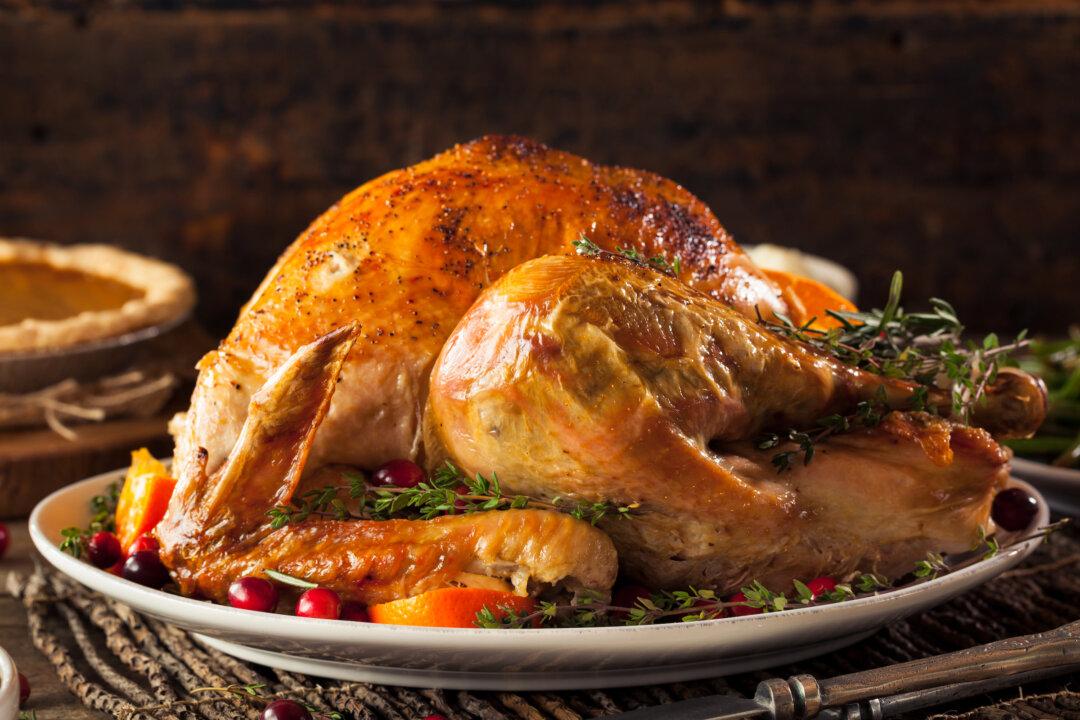The pumpkin is America’s autumnal poster child. Harvested in September and October, it announces the anticipated arrival of the season—and the holidays and warm family celebrations to come.
But in the accompanying flood of pumpkin-themed recipes and buzzy seasonal drinks, how much of the spotlight actually falls on pumpkin itself?






